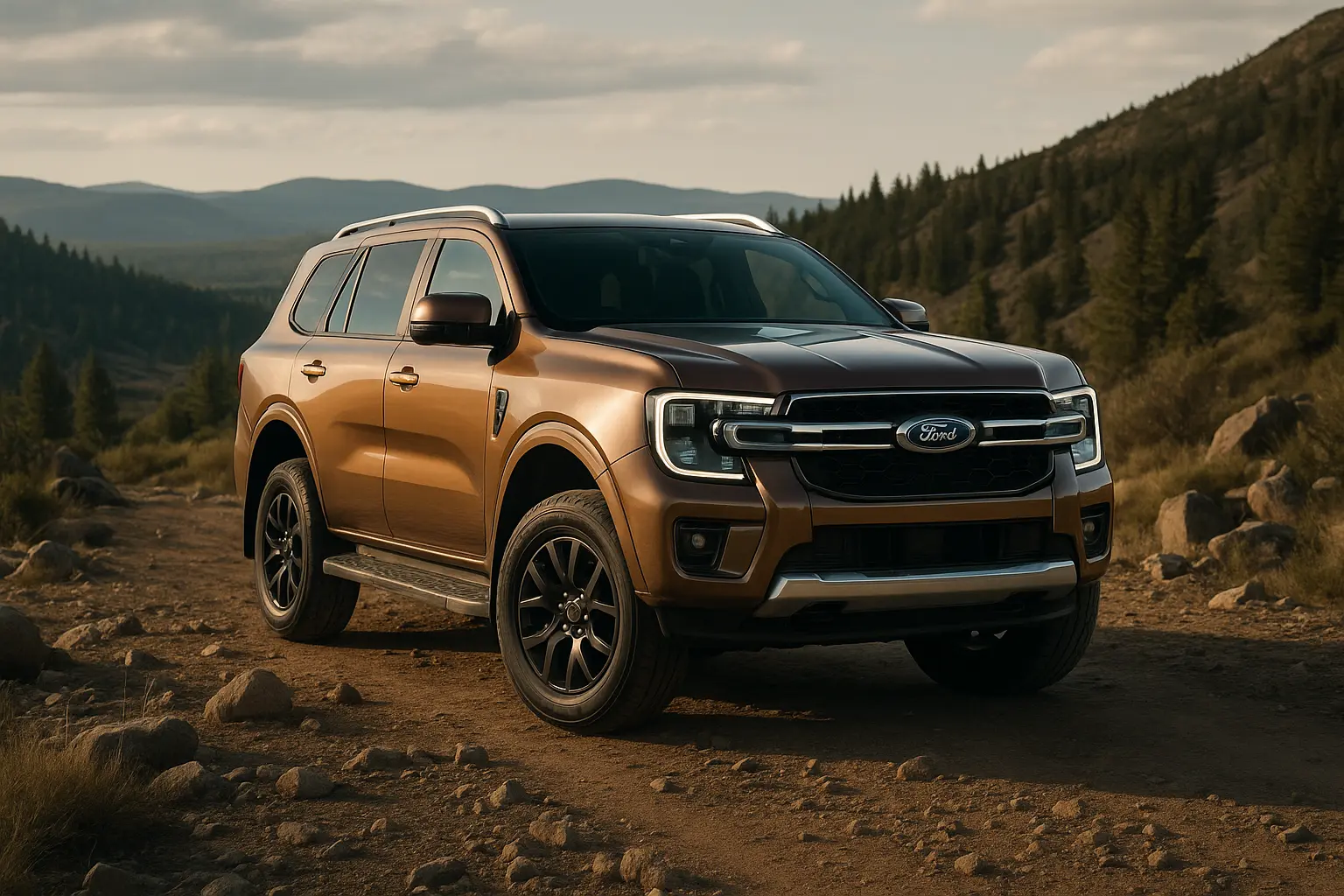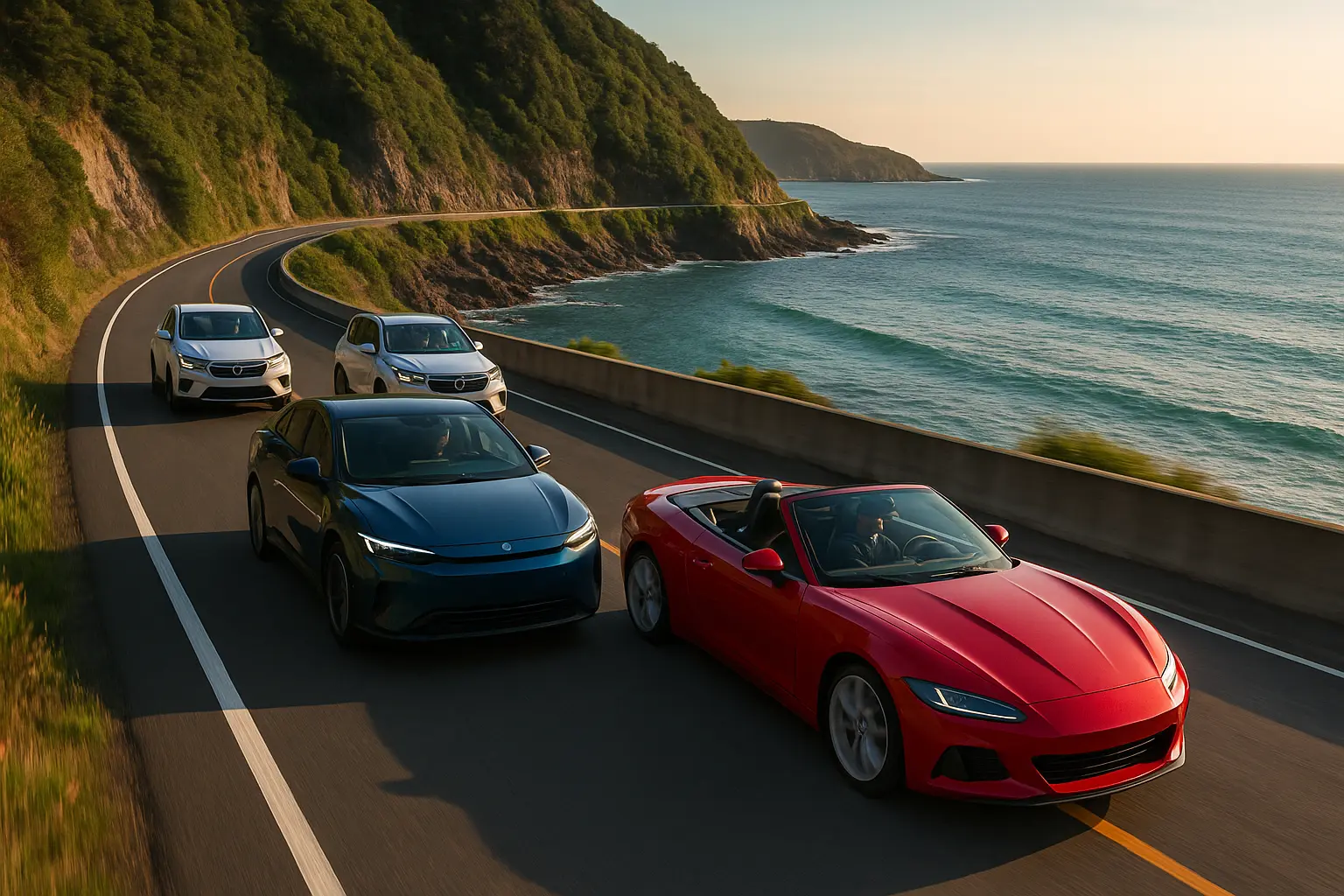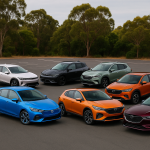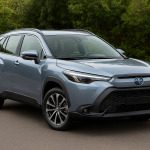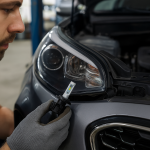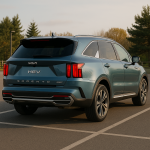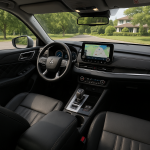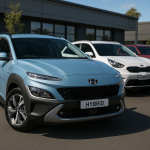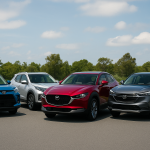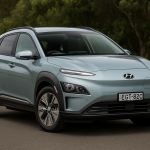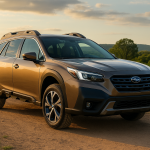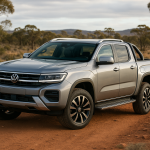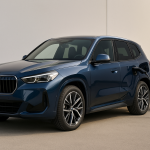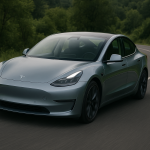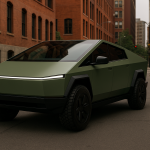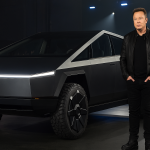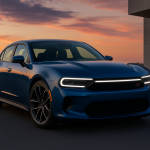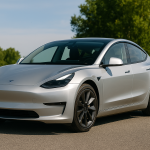In Australia, the Ford Everest has carved out a reputation as one of the most capable family-oriented 4x4 SUVs available. Built on the same platform as the popular Ford Ranger, the Everest offers a blend of rugged capability and comfort, making it an ideal choice for drivers who want a vehicle that can conquer the Outback as easily as it can carry kids to school.
The 2025 Ford Everest builds upon this heritage with a refined design, powerful engines, new technology, and improved off-road ability. It competes with heavyweights like the Toyota LandCruiser Prado, Isuzu MU-X, and Mitsubishi Pajero Sport, but Ford has positioned the Everest as a versatile, value-packed alternative.
This review explores the Everest from every angle—performance, off-road credentials, comfort, technology, safety, ownership, and how it stacks up against rivals in Australia.
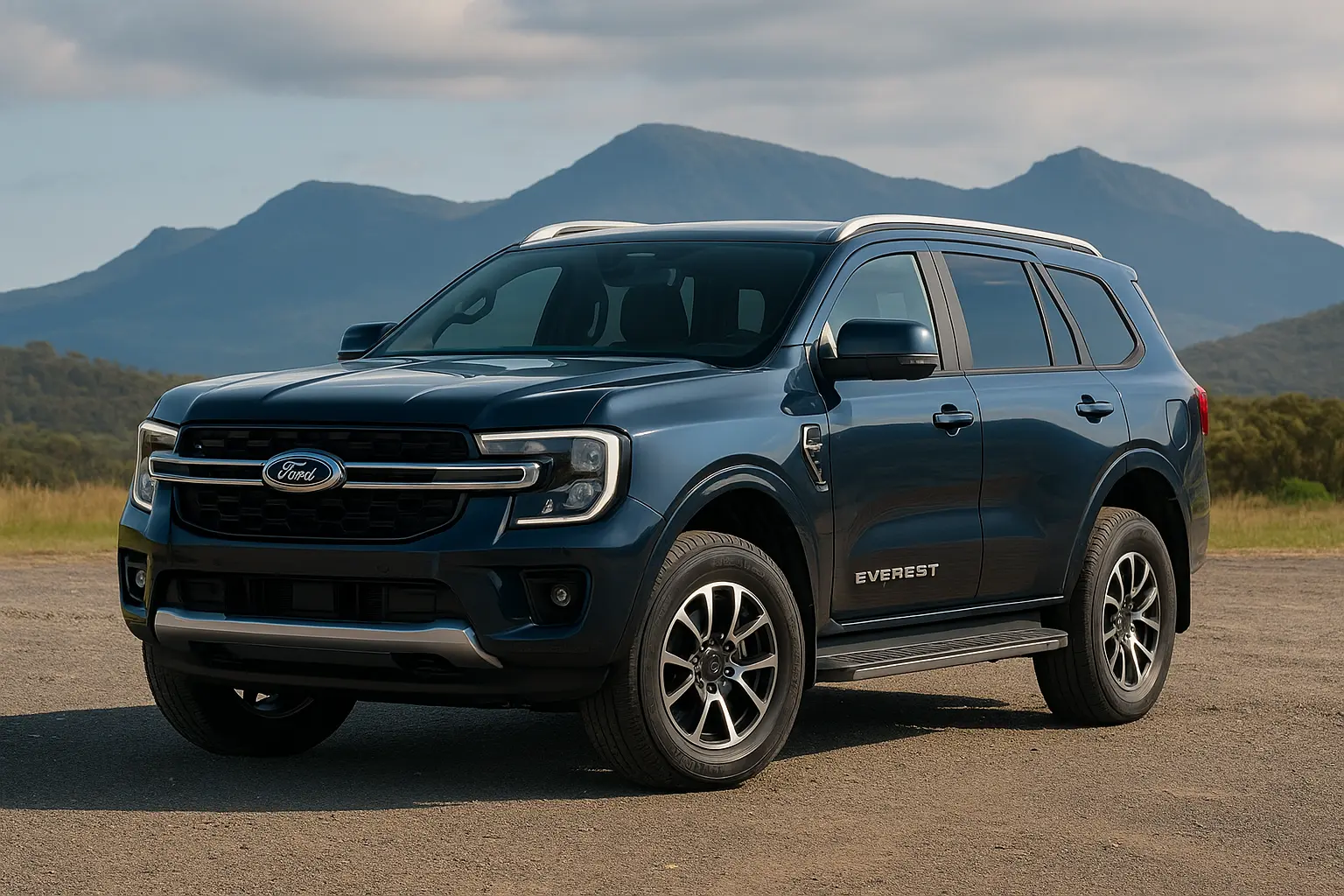
Exterior Design – Rugged but Modern
The 2025 Everest carries over much of the bold styling introduced in its latest generation. Its boxy proportions, upright stance, and prominent grille make it instantly recognisable. The C-clamp LED headlights, muscular wheel arches, and high ground clearance reinforce its off-road-ready look.
Ford offers multiple trims, including Ambiente, Trend, Sport, and the flagship Platinum. The Sport variant, with its blacked-out accents and athletic presence, is aimed at younger buyers, while the Platinum exudes a more premium appeal with chrome highlights, 21-inch alloys, and a panoramic sunroof.
Colour choices range from earthy tones like Sedona Orange and Equinox Bronze to traditional favourites like Arctic White and Shadow Black. The SUV’s strong presence is complemented by practical touches like roof rails, side steps, and large windows for better visibility—key for off-roading.
Interior Comfort & Features
Step inside the 2025 Ford Everest, and the rugged exterior gives way to a refined and spacious cabin. The design is inspired by modern Ford interiors, borrowing heavily from the Ranger but offering more premium finishes.
- Seating & Space: Available in both 5- and 7-seat configurations, the Everest offers supportive seats with high-quality materials. The Platinum trim brings quilted leather upholstery, heated and ventilated front seats, and electrically adjustable second-row seats. Legroom in the second row is generous, while the third row is best suited for children or shorter trips.
- Infotainment: At the centre is a massive 12-inch vertical touchscreen on higher trims (10.1-inch in lower models). It runs Ford’s SYNC 4A system, offering wireless Apple CarPlay, Android Auto, voice commands, and cloud-based navigation. A fully digital 12.4-inch driver display enhances the futuristic feel.
- Technology: A wireless charging pad, multiple USB-C ports, premium B&O 10-speaker sound system (in Platinum), and over-the-air software updates keep the Everest at the cutting edge of in-car tech.
- Practicality: With all seats up, boot space is limited but still usable for daily needs. Fold the third row, and you get a spacious cargo area ideal for camping gear, luggage, or sports equipment. The powered tailgate adds convenience.
Overall, the Everest balances rugged durability with the sophistication demanded by modern Australian families.
Engine & Performance
The 2025 Ford Everest is available with multiple powertrains to suit diverse driving needs:
- 2.0-litre Bi-Turbo Diesel (154kW/500Nm): A strong performer for daily use and long-distance touring, paired with a 10-speed automatic transmission. Offers impressive fuel economy for an SUV of its size.
- 3.0-litre V6 Turbo Diesel (184kW/600Nm): Standard on higher trims like Sport and Platinum, this engine gives the Everest serious pulling power and smooth highway performance. It’s ideal for towing and heavy-duty off-road use.
- Drivetrain: 4x2 is available in entry models, but most buyers in Australia opt for the 4x4 versions, equipped with Ford’s advanced full-time 4WD system, a low-range transfer case, and selectable drive modes.
- Fuel Economy: The 2.0-litre averages around 7.5L/100km, while the V6 sits closer to 8.5–9.0L/100km depending on load and terrain.
The Everest isn’t just about raw power—it’s engineered for balance. The suspension has been tuned for Australian conditions, delivering a comfortable ride on highways while maintaining composure on corrugated dirt tracks.
Off-Road Capability
One of the key selling points of the Everest is its off-road ability, and the 2025 model doesn’t disappoint. Built on a body-on-frame chassis shared with the Ranger, the Everest is ready for challenging terrain.
Key features include:
- Ground clearance of up to 229mm
- Water wading depth of 800mm
- Approach angle: 30.4° | Departure angle: 25°
- Locking rear differential for extra traction
- Hill descent control and hill launch assist
- Drive modes (Normal, Eco, Tow/Haul, Slippery, Mud/Ruts, Sand)
Combined, these make the Everest one of the most capable off-road SUVs in its segment. Whether crossing riverbeds, tackling dunes, or climbing rocky trails, the Everest inspires confidence. For Australians who value camping, fishing, or remote touring, it’s a dependable partner.
Towing & Payload
The Everest’s strong chassis and engines make it an excellent tow vehicle.
- Braked towing capacity: Up to 3,500kg (with trailer brake).
- Payload: Ranges from 658kg to 741kg depending on variant.
- Tow features: Trailer sway control, integrated trailer brake controller, and Ford’s clever Tow/Haul drive mode.
This makes it a natural fit for Australians towing caravans, boats, or horse floats. The V6 diesel, in particular, delivers effortless towing even on steep gradients.
Ride Quality & On-Road Handling
Despite its rugged construction, the Everest is surprisingly refined on-road. The electric power-assisted steering is light at low speeds but firms up on highways. The suspension setup, combining independent front and a solid rear axle, balances comfort with control.
Noise insulation has been improved in the 2025 model, with less wind and road noise entering the cabin. On highways, it cruises smoothly, making long-distance family trips less tiring. The adaptive cruise control with stop-and-go functionality adds to the relaxed driving experience.
Safety Features
Safety is a major focus for Ford, and the Everest is loaded with driver assistance technology:
- Adaptive cruise control with lane centring
- Pre-collision assist with automatic emergency braking
- Blind-spot monitoring with trailer coverage
- Lane-keeping aid
- Evasive steering assist
- 360-degree camera system
- Nine airbags, including curtain airbags for all three rows
The 2025 Everest continues to meet ANCAP’s 5-star safety rating standards, reassuring families that it’s as safe as it is capable.
Variants & Pricing in Australia
The Everest is offered in four main trims for the Australian market:
- Ambiente (entry-level): Affordable, with essential features.
- Trend (mid-range): Popular choice with a balance of value and tech.
- Sport (performance-focused): Black accents, V6 engine option.
- Platinum (flagship): Luxury touches, panoramic sunroof, B&O sound system, V6 diesel standard.
Pricing in 2025 ranges approximately from $55,000 to $80,000+ on-road costs, depending on trim and options. While not the cheapest in the segment, the Everest’s balance of equipment, capability, and technology makes it competitive.
Competitor Comparison
The Ford Everest sits in a crowded SUV segment, with notable rivals:
- Toyota LandCruiser Prado: Legendary reliability, but pricier and less tech-focused.
- Isuzu MU-X: Excellent value and towing ability, but lacks the Everest’s premium cabin.
- Mitsubishi Pajero Sport: Affordable and capable, though smaller and less refined.
- Nissan Patrol: Powerful petrol V8, but fuel thirsty and larger than most buyers need.
Where the Everest shines is its balance—it combines Prado-like toughness with modern technology and comfort, making it appealing to families who want one vehicle for both work and play.
Ownership, Warranty & Running Costs
Ford Australia backs the Everest with a 5-year/unlimited-kilometre warranty. Service intervals are every 15,000km or 12 months, whichever comes first.
- Capped-price servicing is available, keeping ownership costs predictable.
- Ford’s extensive dealer network across Australia ensures parts and service accessibility, even in regional areas.
- Resale value remains strong, especially for V6 diesel variants and higher trims.
Final Verdict
The 2025 Ford Everest cements its place as one of Australia’s best all-round SUVs. It offers:
- Rugged off-road capability
- Strong towing power
- Spacious, high-tech interior
- Comprehensive safety features
- A range of trims to suit different budgets
While rivals like the Prado and MU-X are strong alternatives, the Everest’s blend of refinement, technology, and versatility makes it one of the most compelling choices in the segment.
For Australians who want an SUV that can serve as a comfortable daily driver, family hauler, and weekend adventure machine, the Ford Everest 2025 is an outstanding option.
Leave a comment
Your email address will not be published. Required fields are marked *


